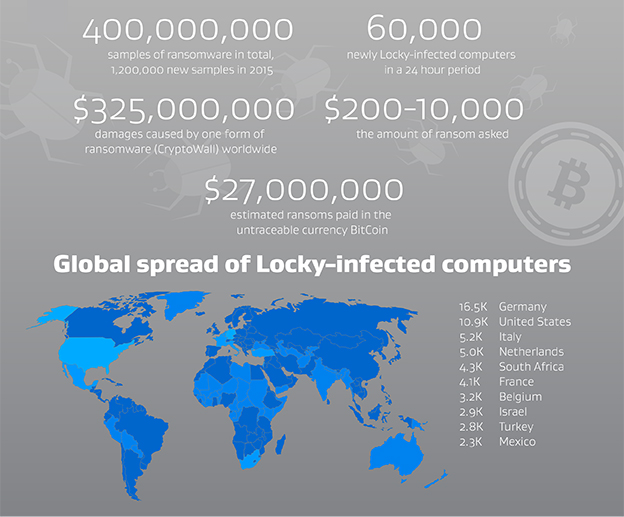
All the Bells and Whistles
Imagine you’re the proud owner of a brand new car equipped with the latest up-to-date safety features. Your vehicle boasts the best forward-collision avoidance, blind-spot warnings, lane departure indicators and backup camera equipment. You’re feeling safe and ready to take on the heaviest traffic scenario the streets can generate. However, even with all those safety features in place, one is still not immune from human error – running a red light or being side swiped by another driver not paying attention to the road.
Overconfidence
Now imagine your business having just implemented the latest up-to-date computer anti-virus protection and anti-malware, complete with robust disaster recovery back up plan in place. Your business feels safe and ready to engage with the World Wide Web and latest email and mobile phone communication solutions available. Your business is confident until one user makes a mistake by clicking on an email attachment, inadvertently infecting your devices and bringing your infrastructure to a grinding halt. One email attachment has now opened destructive malware infecting your entire system.
Ransomware on the Rise

We’ve covered malware issues, but what about ransomware? A recent FBI report stated the incidents of ransomware are on the rise with a 2015 law enforcement study indicating the issues to grow even more in 2016. “Ransomware attacks are not only proliferating, they’re becoming more sophisticated. Several years ago, ransomware was normally delivered through spam e-mails, but because e-mail systems got better at filtering out spam, cyber criminals turned to spear phishing e-mails targeting specific individuals.”
Many users forget to be cautious of links and attachments included in messages that seem trustful. Users should never click on links or attachments that are not from an expected source. Even the Best Anti-Virus and IT Support cannot guarantee safety from user error. It is still the responsibility of each individual to investigate and learn how to decipher emails - questioning whether or not an email is legitimate. If you weren’t expecting the email, don’t click it! If in doubt, check with your IT Support or simply delete it.
Think Twice Before Clicking
Being especially vigilant of emails and messages with attachments is the biggest key to safety. Even the healthiest business infrastructures aren’t immune to the sheer volume of new threats in malware and ransomware created every day. These warnings and urgent recommendations may sound like a drippy faucet, but always remember to be mindful of what you are reading. Do not open OR forward suspicious emails. Maintaining a healthy network can be as simple as thinking twice before clicking!
Prevention is Key
As always, it is Platinum’s recommendation to create a solid business continuity and recovery plan. Thinking in terms of prevention is also key. Ensure that your employees are aware of malware, ransomware and virus issues. If you do not currently have policy restrictions in place, implement prevention controls that help to prevent malicious programs from executing. Minimize administrative access. Back up your data regularly and secure them in an offsite data center such as our PtCB – Online Backup service.
If You Click It – Create a Service Ticket
As the proverbial expression states, ‘To err is human’, and no one is immune. If you are suspicious of an email, or concerned that perhaps you may have opened one in error, contact IT Support as soon as possible. Do not hesitate reaching out to our office at (888) 910-4407 or emailing service@platinumsystems.net to create a service ticket.
“Incidents of Ransomware on the Rise." FBI Incidents of Ransomware. FBI, Mar.-Apr. 2016. Web. Apr.-May 2016.
